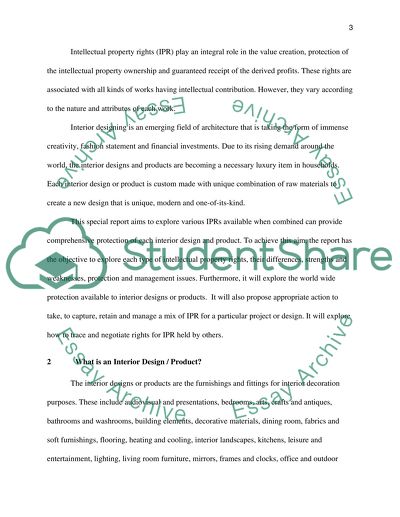Cite this document
(Types of Intellectual Property Rights in an Interior Design Term Paper, n.d.)
Types of Intellectual Property Rights in an Interior Design Term Paper. Retrieved from https://studentshare.org/law/1435714-intellectual-property-rights-relating-to-your
Types of Intellectual Property Rights in an Interior Design Term Paper. Retrieved from https://studentshare.org/law/1435714-intellectual-property-rights-relating-to-your
(Types of Intellectual Property Rights in an Interior Design Term Paper)
Types of Intellectual Property Rights in an Interior Design Term Paper. https://studentshare.org/law/1435714-intellectual-property-rights-relating-to-your.
Types of Intellectual Property Rights in an Interior Design Term Paper. https://studentshare.org/law/1435714-intellectual-property-rights-relating-to-your.
“Types of Intellectual Property Rights in an Interior Design Term Paper”, n.d. https://studentshare.org/law/1435714-intellectual-property-rights-relating-to-your.


